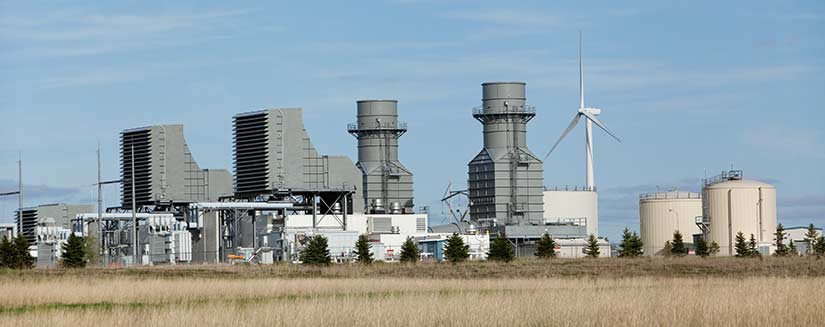Grid-Natural Gas Integrated Energy Systems
NLR researchers are advancing methods for co-simulation of electric grid and natural gas pipeline networks to better understand how these sectors interact.

Electric grids and natural gas networks have become increasingly interdependent in recent years. Although these linkages can bring operational benefits, they also pose new challenges. Winter storms, such as the 2014 polar vortex on the U.S. East Coast and the 2021 Texas freeze, illustrate how constraints in natural gas delivery systems can propagate into power disruptions and outages. Likewise, natural gas compressors, underground gas storage, and extraction facilities may rely on electricity supply to operate, which creates a feedback loop during times of stress. The increasing adoption of variable renewable generation sources is also likely to drive more ramping from gas generators. These ramping requirements may, in turn, increase strain on natural gas infrastructure that was not designed for flexible operation.
Such points of coupling demonstrate the need for modeling that captures the operations of both sectors. To that end, NLR is building new modeling tools that represent the connection points between the grid and gas networks with the goal of offering insights on improved operations for both systems. This includes consideration of power sector models at a range of operational scales—from power flow analysis to production cost and capacity expansion modeling—with gas network models that model transient flow dynamics and can track gas mixture and quality.
Co-Simulation Using the Hierarchical Engine for Large-scale Infrastructure Co-Simulation
Although there are many commercial and open-source tools for modeling electric grid and gas network operations independently, there is a need to link these tools to enable broader analyses of the coupling of these systems. Co-simulation is a means of building communication and interaction between these modeling tools while taking advantages of their key functionalities. The Hierarchical Engine for Large-scale Infrastructure Co-Simulation (HELICS) is a co-simulation platform being developed by NLR and other national labs to address this need. NLR is partnering with encoord to develop an open-source HELICS interface for the gas network modeling capability in its Scenario Analysis modeling tool (SAInt), with the goal of enabling co-simulation of gas network operations across a range of power system tools.
Hydrogen Blending in Natural Gas Networks
The links between gas and grid are likely to increase as excess power generation is used to develop fuels—such as synthetic methane or hydrogen—that are then injected and transported in the gas pipeline network. NLR is collaborating with other national labs to study the impacts of blending hydrogen into natural gas pipeline networks. Known as HyBlend, this Department of Energy-funded effort will include techno-economic modeling of hydrogen injection using coupled grid and gas network modeling tools.
Publications
Coordinated Operation of Electricity and Natural Gas Systems From Day-Ahead to Real-Time Markets, Journal of Cleaner Production (2021)
Electric Power Grid and Natural Gas Network Operations and Coordination, NLR Technical Report (2020)
Valuing Intra-Day Coordination of Electric Power and Natural Gas System Operations, Energy Policy (2020)
The Value of Day-Ahead Coordination of Power and Natural Gas Network Operations, Energies (2018)
Contact
Share
Last Updated Dec. 6, 2025
